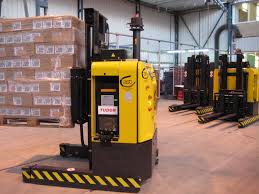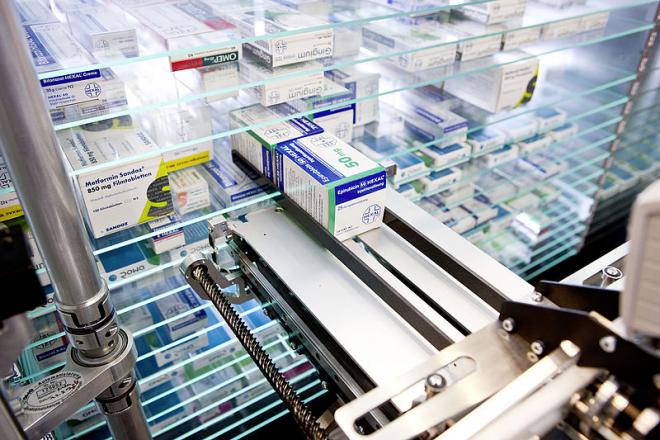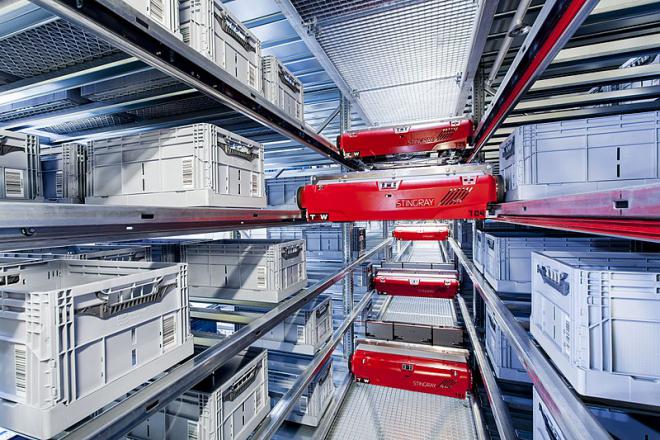IoT is a combination of various hardware and software technologies. All these technologies are interdependent and need to stay connected via a robust internet connection. From GPS to Artificial intelligence, each technology plays a specific role, says Jaykishan Panchal, a content marketing strategist at MoveoApps. You should be aware of these technologies in the previous part if you want to set up a smart warehouse. Let’s take a closer look at nine of these great technologies.
Increasing goods visibility via GPS
The Global Positioning System or GPS is a satellite-based navigation system. It can work in almost any weather condition. The service is available for free. GPS tracking has become extremely accurate over the years.
GPS plays a vital role in smart warehouse management by increasing the visibility of your goods and transport vehicles. You can attach GPS devices to your vehicles, cargo, and any other assets that require real-time tracking. This real-time tracking, in turn, allows you to improve the speed of delivery, efficient routing, and fuel cost reductions.
RFID tagging for tracking inventory
Radio-Frequency Identification technology is used to identify and track objects with RFID tags. An RFID tag consists of a microchip, memory, and antenna. Like GPS, it is also a network connected device. It uses radio frequency waves to transmit signals.
Unlike barcode-based systems, RFID tags don’t require a direct line of sight for identification and tracking. As a result, they have become the go-to technology for tracking inventory, vehicles, and logistics. RFID also eliminates the need for hand-held scanning, making it easier to track inventory inside a smart warehouse.
Using AGVs for handling in-house inventory
Automatic Guided Vehicles or AGVs are nothing but warehouse transport machines. AGVs can move around in a warehouse on a pre-programmed path using magnetic or laser-guided navigation. Magnetic navigation uses magnetic tape or wire that marks the guided path, while laser-guided AGVs use laser deflectors positioned near the path.
One of the most popular applications of AGVs is pallet handling. Forklift AGVs can easily perform the repetitive actions of moving pallets from the storage to stretch wrapping or outbound shipping docks. AGVs operate with precision, making them suitable for handling delicate goods.
WMS – one click operation control
Warehouse Management Systems or WMSs are software applications that allow you to control your warehouse operations with a single console. You can automate and digitise almost every aspect of warehouse management using such a system. It helps you to –
- Document, track and record everything in real-time
- Manage inventory with utmost accuracy
- Speed up your day-to-day operations
- Analyse the warehouse data
- Create easy-to-understand reports
E-commerce and even offline vendors can integrate their store management or accounting software with WMS to connect the demand and supply points.
Automated picking tools for effective inventory handling
Automated Picking Tools are robotic or semi-robotic tools that help you move inventory inside the warehouse. You can easily integrate these tools into your existing WMS to improve your workflow.
Compared to manual picking methods, automated handling is more efficient. These near-perfect picking systems can help you cut back labor costs and also prevent damages during inventory handling.
Complete warehouse automation via AICPs
Automated inventory control platforms comprise various hardware as well as software components. These systems can manage almost any kind of quantifiable inventory, from groceries to home electronics.
Most platforms use barcode technology for scanning, sorting, storing, and retrieving goods inside a warehouse. These platforms handle the inventory in real-time, using a wireless communication channel with a central computer where all the pre-programmed instructions are stored.
For example, when a user buys a kilogram of apples from your website, the platform pulls a bag of apples weighing the exact amount and sends it out for packaging. Once packed, the system sends it to the shipping counter for further processing. All of this takes place without any human interference.
Easy retrieval and storage with AS/RS
Automated Storage and Retrieval System, often called AS/RS, is an automatic computer-controlled storage and retrieval system. In AS/RS, the automation is limited only to storing and retrieving items. You can handle packaging and shipping manually.
The primary benefit of AS/RS is deep inventory storage, which allows you to use the available space to its fullest capacity. Usually, AS/RS is integrated with a WMS for seamless operation. Some of the well-known AS/RS technologies are –
- Fixed-Aisle Unit-Load AS/RS Cranes
- Movable-Aisle Unit-Load AS/RS Cranes
- Mini-Load AS/RS Crane
- Mini-Load AS/RS Shuttle
- Carousel-based AS/RS
- Vertical Lift Module (VLM)
Collaborative robots (Cobots)
Robots or Cobots are created to facilitate human-machine interaction. Thanks to their advanced programming, cobots can work with humans without putting them in harm’s way. Cobots can prove helpful in performing repetitive actions such as loading and unloading pallets as well as packing goods.
Geodis, leading logistics company, used 30 Locus cobots with 7 workers to improve their warehouse productivity substantially compared to the manual operations. In a manual pick to cart environment, you can expect to pick 90 units per hour (UPH). With bots, the rate went up to 200 UPH.
Artificial Intelligence (AI)
The technologies we have seen so far, though advanced, can follow a preprogrammed set of actions. They still can’t adjust with the fluctuating supply chain demands on their own. Artificial Intelligence, popularly known as AI, adds the much-needed element of intelligence to these systems, helping build smart warehouses.

AI-based algorithms can collect and analyse real-time data generated by enterprise and warehouse software systems, smart products, and other objects connected via the internet. It can continuously adjust the demand forecast based on real-time sales, storage optimisation, stock level assessment, and labor productivity.
Parting words
There you go, guys! With these technologies, you can turn your warehouse into a smart one. However, you don’t have to integrate all these technologies into your current infrastructure at once. You can start with the ones you need to use right away and work your way up as you get more acquainted with the changes. In the next and final installment of this series, we will discuss who is using these technologies, challenges involved in setting up IoT-based warehouse, and the future outlook.
The author of this blog is Jaykishan Panchal, a content marketing strategist at MoveoApps
About the author
Jaykishan Panchal is a content marketing strategist at MoveoApps, a mobile app development company. He enjoys writing about technology, marketing and industry trends, and is a tech enthusiast.
Comment on this article below or via Twitter: @IoTNow_OR @jcIoTnow










